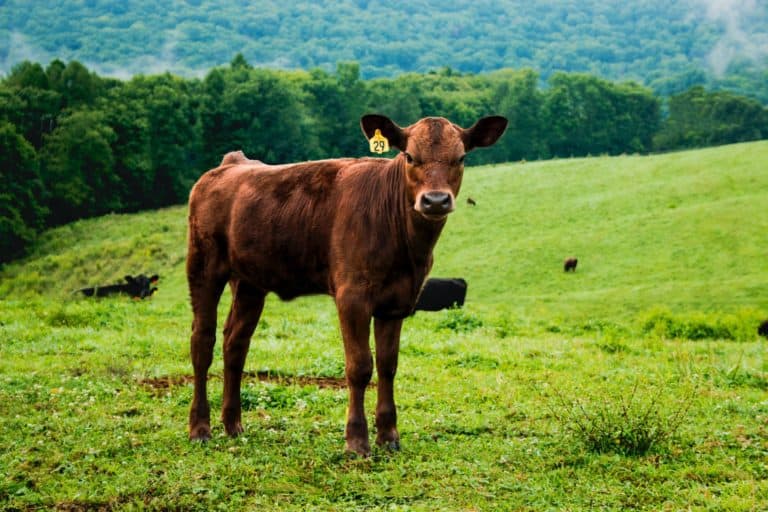Good sunny day here in the Midwest. Finally some actual warm days where I don’t have to put layers on! So with layers comes the question….How many calories do my calves actually need?
We usually talk in terms of solids when talking about nutrition in young calves. Whether you feed whole milk or milk replacer it is all about grocery’s consumed by the calves. We know that the more colostrum a calf gets at birth correlates to the immune function and growth/milk production or ADG for bull calves.
I was asked, “So how do solids convert to calories when feeding milk replacer?” I had to dig to find this answer. Here’s what I came up with: based on a 86# calf fed 2 times per day.
Say we are feeding a 20/20 all milk powder starting at 12.5% solids just for maintenance in warm weather (above 50 degrees) feeding rate at 1.50# of powder into 2 quarts of water you will received 2,972 calories.
Now if we move to a 20/20 same product and feed 1.25# powder at a 14% solid we move down to 2,477 calories. So calories came from the additional powder fed at a 12.5% and 1.5# of milk powder.
Now another scenario is if you feed a 24/22 all milk at a 14% solid and 1.5# of powder into 2 quarts your calories increase significantly to 3,040 calories. So what if you feed whole milk, well what we know is milk weighs 8.6# in a gallon based on 3.1% protein, 3.6% fat and 4.8% lactose will equal 3,498 calories.
The basics:8.6 pounds whole milk x 3.1% protein = .27 pounds of protein from whole milk 1.5 pounds calf starter x 18% protein = .27 pounds of protein from calf starter.
Let’s look at the math of whole milk and the solids content of the popular 20-20 milk replacers. The feeding rates are based upon 1 gallon Holstein whole-cow milk protein and calorie equivalents per head daily as a minimum feeding rate.
Milk replacers can supply the same total solids as whole milk but generally not the same nutrition, as milk replacers are generally higher in ash and carbohydrate fractions than that of the equivalent weight of dehydrated powdered whole milk.
We also need to remember to feed free choice water from the beginning which will help drive starter intakes. With warmer weather in the picture we still need to remember that all young calves need to be fed to support immune functions and growth. Calories are not always equal as it is for us watching our nutrition!
-Minnie

